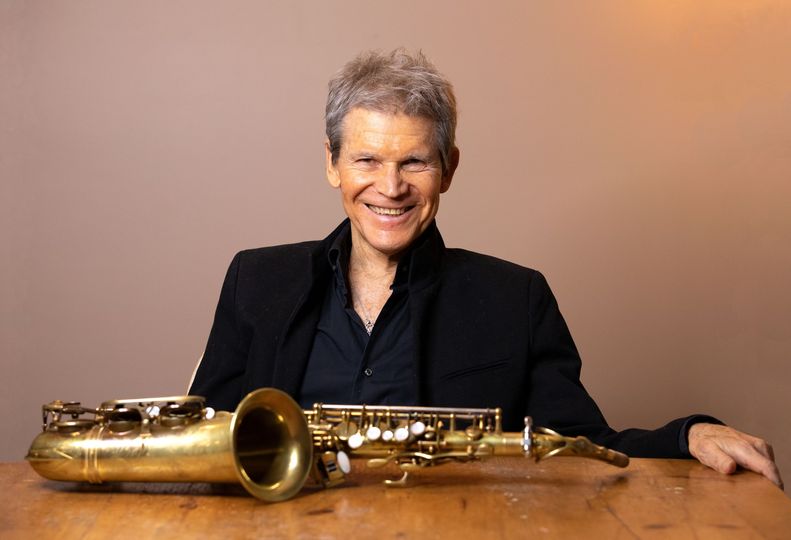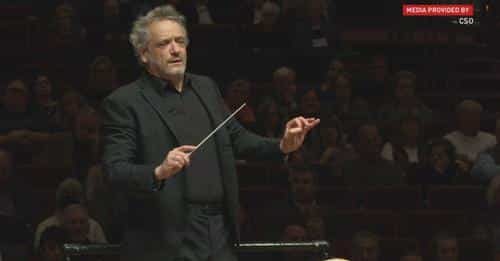Stravinsky’s Rite of Spring is set in …. Haiti (with live voodoo)
OperaToday’s live opera is Opera North/Phoenix Dance Theatre Rite of Spring
Our live-streamed opera of the week from OperaVision will stream today 23rd July from 19.00 CET, 18.00 London and 13.00 NY
Click on the link below and feel free to share your thoughts in Comments section
A new take on a cornerstone of modernism. Characters from Haitian folklore come to life telling their story of ritual, ceremony and celebration. All wait to be overcome by the female spirit Erzuli. Who will be chosen?
Internationally-acclaimed Haitian choreographer Jeanguy Saintus reimagines The Rite of Spring in Opera North’s first ever collaboration with the contemporary dance ensemble Phoenix Dance Theatre. Set to Stravinsky’s ground-breaking score, Saintus’ fresh interpretation subverts the original narrative’s notion of female sacrifice and approaches the work through his own roots, creating a shared vodou experience with the dancers.
Available until 23.01.2022.






Cultural appropriation?
Yes. Yet another example of European high art being appropriated.
Can’t wait to see this trainwreck of a comment thread….
Someone commented a few days ago about the potential pitfalls of staging Mozart’s Requiem. It has already been done to sold out crowds in Quito, Ecuador. Excerpts exist on YouTube. I mention this to propose that these experiments in cross-cultural and interdisciplinary exchange — such as this Rite of Spring under the lens of Voodoo ritual— provide fascinating revelations about the message and the techniques of the original work being recontextualized. Their power is not diminished. On the contrary, their representation outside their original context attests to their artistic richness and complexity, and permits communication to new audiences in new times. This project is a form of transcription, and the practice of transcription has been pervasive in our culture in many different guises as a tool of both learning and dissemination. A true art work is a living phenomenon, not a fossil.
Wonderfully said.
After all, Shirley Jackson’s classic short story The Lottery is based on The Rite of Spring. Or is her work, like Stravinsky, based upon pagan myths?
Your last sentence is a fine summation of one of the chief principles of art.
These new interpretations of Western compositions don’t mean the original forms will never be performed. Can we not have both? Time will tell whether the changes will have merit.
“…… their representation outside their original context attests to their artistic richness and complexity, and permits communication to new audiences in new times.”
I always believed this. The original intentions by the artist who was inspired, worked out the idea with all that technique and insights, and created something that has its own identity and authenticity, have to be cast aside, because he had all those wonderful ideas in the past, and not in our own, marvellous, wondrous time which is so much better and still entirely alive while that artist and his times, so: including all his ideas and inspirations, are a dead fossil.
All great artists of the past are dead fossils if we don’t transcribe their works in such a way, that they come alive again, with all the elements of OUR time, because WE are alive and kicking and know so much better.
How could ANYBODY ever doubt about the creative superiority of our own time? And that is the result of our being alive, while all those old farts are DEAD. The best way to serve them, is to take away their work and ideas, and change them into OUR ideas and work, so that it can live again. So, in this case, we have to make the Sacre our OWN Sacre. But we should not stop there: think of all those dead symphonies by Beethoven, Brahms, and – what’s his name? yes Mahler. We can change all that stuff! And turn it into something of US, so that new, better audiences can enjoy our own time so much better and don’t have to be bothered by fossilized ideas of a dead past.
I am so happy to be alive in this time, when all those silly achievements of the past are reborn again thanks to OUR profound understanding and over-rich imagination. Think of it: we can reimagine the Sacre…! and turn it into something of us! We live in a time of genius….. at no time ever on the planet have such courageous initiatives of creation been possible, all those poor artists labouring under the taboo that when their work was finished, it had to die, because it could not be touched by others.
I’m happy that we are on the same page for once! Why must we have respect for works of art & their makers? Isn’t that a violation of our own identity?
Sally
I want to thank Norman for bringing this event to our attention. It was wonderful in every respect.
Wow, that was a very good orchestral performance, especially for one emanating from a pit. I assume there would have been a reduction in the number of players, compared to normal ‘on stage’ performance. And if you hadn’t informed us, Norman, I don’t think I would have guessed that the choreography had anything to do with Haiti or voodoo. Given that Nijinksy’s original choreography was so utterly new and audacious, this seemed almost tame to me. Norman, you often times like to comment on how great the pit orchestra is at the N.Y. Met. Indeed, they are great, but I’m not sure they would have played “The Rite” any better than these people did.
“Fresh interpretation” or twisted plot especially given this: “subverts the original narrative’s notion of female sacrifice and approaches the work through his own rootsk…”?
I think the latter. It’s a classic. Leave it alone.